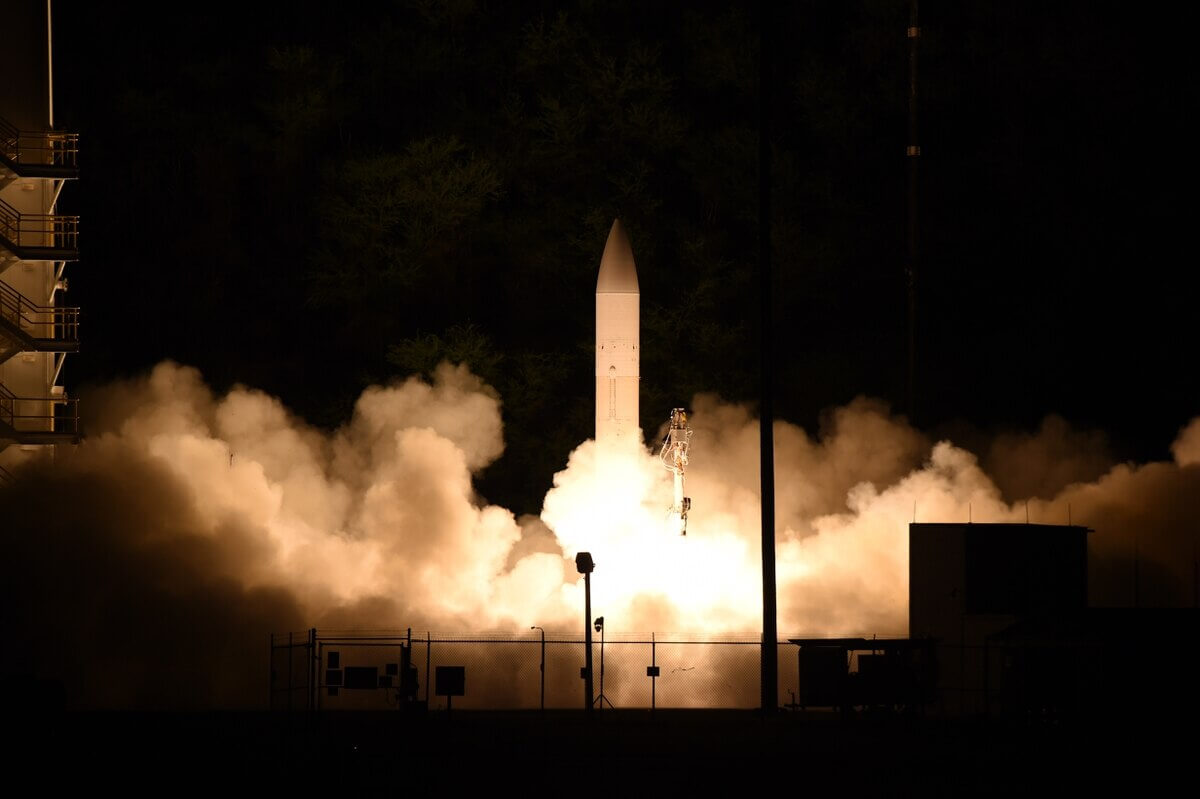Australia and the United States (US) are partnering to develop and test hypersonic cruise missiles, the Australian government announced on Tuesday, in a bid to rival those being developed by Russia and China.
Australian Defence Minister Linda Reynolds said in a statement that the agreement was signed between the two allies last week and that the project will be executed under the bilateral Southern Cross Integrated Flight Research Experiment (SCIFiRE) program.
“We will continue to invest in advanced capabilities to give the Australian Defence Force more options to deter aggression against Australia's interests,” she said, adding that the government had earmarked AU$9.3 billion for “high-speed long-range strike and missile defence, including hypersonic development, test, and evaluation”. However, details regarding the exact costs of building the air-launched, long-range missiles and the timeline remained elusive.
The weapons are capable of travelling at more than five times the speed of sound, and the combination of speed, manoeuvrability, and altitude makes it very difficult to track and intercept them. Both the US and Australia called the endeavour a “game-changing” effort, which would build on 15 years of collaboration between the countries’ militaries over research into scramjets, rocket motors, sensors, and advanced manufacturing materials.
“SCIFiRE is a true testament to the enduring friendship and strong partnership between the United States and Australia. This initiative will be essential to the future of hypersonic research and development, ensuring the US and our allies lead the world in the advancement of this transformational warfighting capability,” US Acting Under Secretary of Defence Michael Kratsios said in a statement.
Russia deployed its first hypersonic nuclear-capable missiles last year, and according to defence analysts, China on the verge of doing the same. Meanwhile, the Pentagon, which tested a similar hypersonic missile in 2017, has a goal to make hypersonic war-fighting capabilities operational in the early to mid-2020s. According to reports by the Sydney Morning Herald, Australia hopes to begin testing prototypes of the weapons “within months”.
Canberra’s collaboration with Washington, however, could irk China, which has been at loggerheads with both nations over a range of issues, most notably the COVID-19 pandemic, and aggression in the Indo-Pacific. After the imposition of a string of economic sanctions on Australian goods, relations between Beijing and Canberra hit a new low earlier this week after a senior Chinese official posted a doctored image of an Australian soldier killing an Afghan child. The incident led to Australian PM Scott Morrison demanding an official apology from China, which Beijing rejected, calling the request “ridiculous and shameless”.
In recent times, the Morrison administration has called for international investigations into China’s complicity in the coronavirus pandemic, described Beijing’s territorial claims in the South China Sea (SCS) as having “no legal basis”, criticized the new security legislation in Hong Kong and the treatment of Uighur Muslims in Xinjiang province, elevated its relationship with India from a Strategic Partnership to a Comprehensive Strategic Partnership (CSP), participated in the Malabar naval exercises with the Quad, signed a defence pact with Japan, and joined US warships in an attempt to steer Chinese vessels out of Malaysia’s Exclusive Economic Zone (EEZ). Despite Morrison’s protestations that Australia would not be drawn into making a “binary choice” between the US and China, all of these developments point to the suggestion that Australia has firmly sided with the US, and this latest agreement between the two countries only goes to illustrate this point even further.
Australia, US to Jointly Develop Air-Launched Hypersonic Missile
The weapons are capable of travelling at more than five times the speed of sound, and the combination of speed, manoeuvrability, and altitude makes it very difficult to track and intercept them.
December 2, 2020

SOURCE: DEFENSE NEWS
